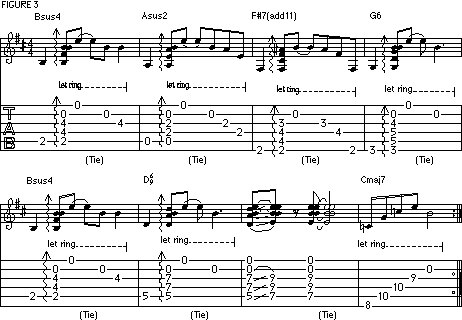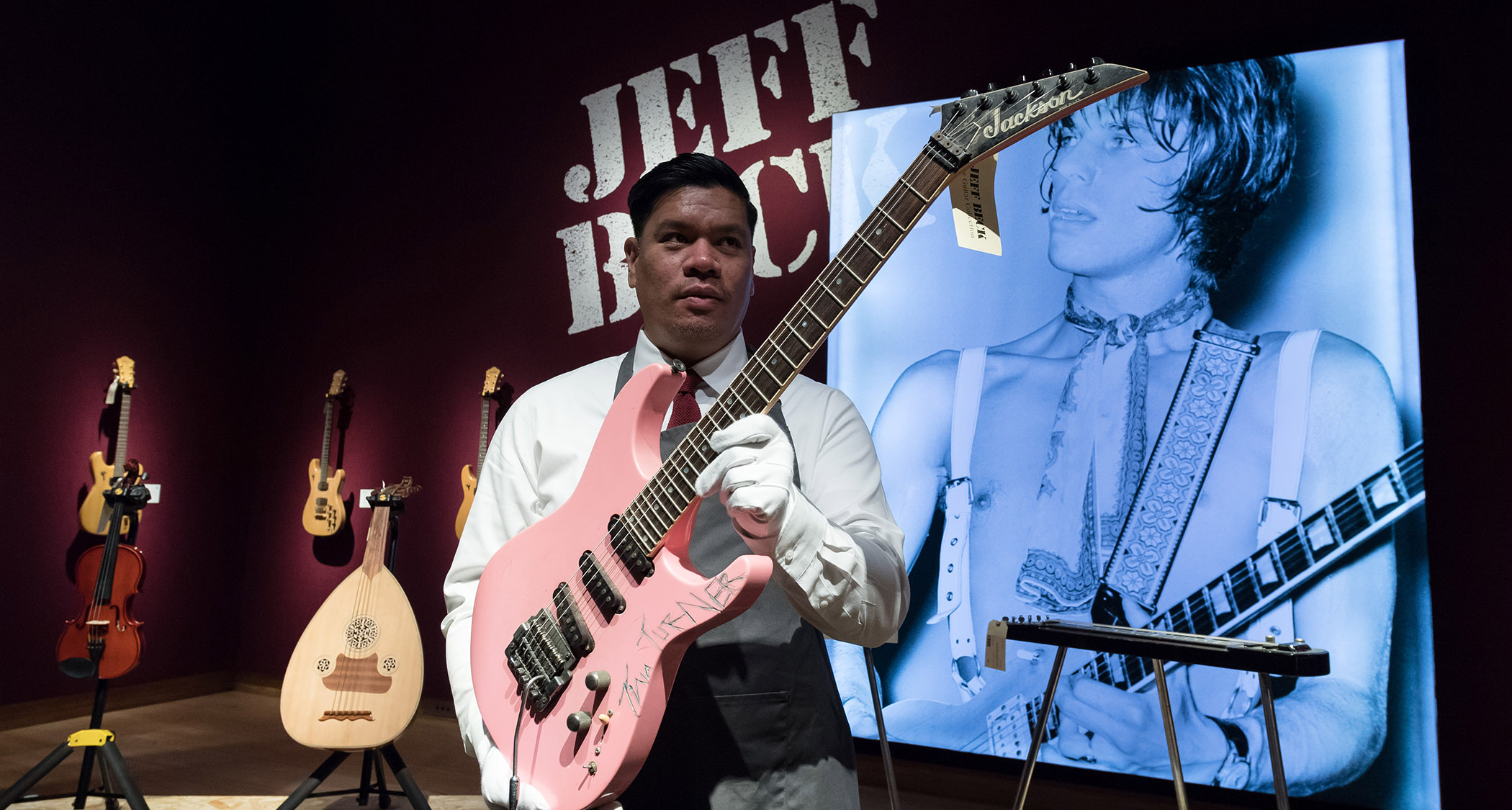John Petrucci Lesson: How to Play Movable Chords with Open Strings
Adding nothing but the open E and B strings to a major barre chord will drastically change its makeup and expand its harmonic function.
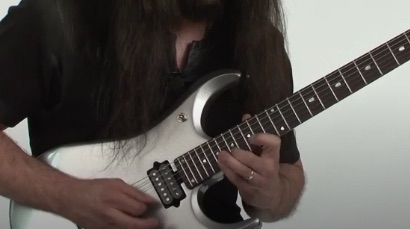
The following article is taken from John Petrucci's classic "Wild Stringdom" column in Guitar World.
Using open strings is a great way to add texture and atmosphere to any chord progression. By adding open strings to even the simplest chords, you can create voicings that sound sophisticated, but are really easy (and fun) to play.
They're practical, not intimidating, and most certainly don't sound like "jazz chords."
Want to know a remarkably simple way to sound hip? Just lift your index finger off of the B and E strings when playing a major barre chord, allowing them to ring out (I'm assuming that most of you know how to play barre chords). Yes, friends, adding nothing but the open E and B strings to a major barre chord will drastically change its makeup and expand its harmonic function. Plus, as an extra bonus, not having to barre the chord makes it a cinch to finger.
Look at FIGURE 1 to see some great examples of what I mean. Since these chord shapes all contain the third, the resulting voicings will be some form of a major or dominant chord. The Cmaj7 voicing is real cool in that it doesn't sound "nightclubby"—it's one way to play a major-seventh voicing without sounding like you belong in the Acapulco Lounge on the Love Boat.
Tension is created in the B(add4) chord via the inclusion of both the third (D#) and the fourth (E)-it sounds half major and half suspended. And the F#7(add4) is right out of [Rush guitarist] Alex Lifeson's bag of tricks. (Alex is one of the true masters of open-string chording.)
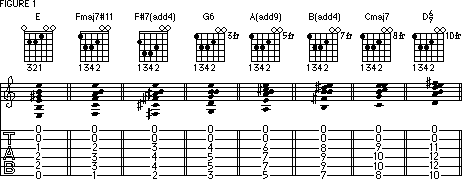
Now let's check out FIGURE 2, which depicts voicings created by combining everyday power chords with open B and E strings. Rather than barring the notes on the D and G strings, play them with your ring finger and pinky (refer to the chord grids). This will ensure that the open B and E strings ring out clearly. Listen to the F#7sus4 voicing-it has a real "ELP" (Emerson, Lake and Palmer, a great progressive band of the Seventies) vibe-very powerful, almost angry. The C#m7 is also one of my favorites-I use it quite a bit in my own music.
All the latest guitar news, interviews, lessons, reviews, deals and more, direct to your inbox!
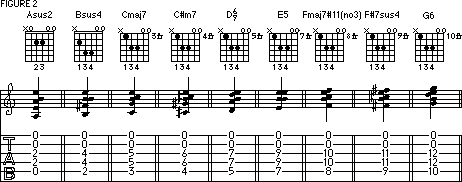
Though these chords are easy to play, I can't stress enough how exciting they sound.
See, when you're playing chords in a band, you can do one of two things: support the foundation by rhythmic accompaniment, such as strumming (the traditional role of the rhythm guitarist), or create motifs with chords, producing a sense of melodic movement. Open-string chords instantly allow you to do the latter. The sheer nature of these voicings, with their ringing, sustaining quality, enable your rhythm parts to sound "bigger"-more anthemic and melodic. Play FIGURE 3, an etude which combines voicings from FIGURES 1 and 2, and you'll hear exactly what I mean.
